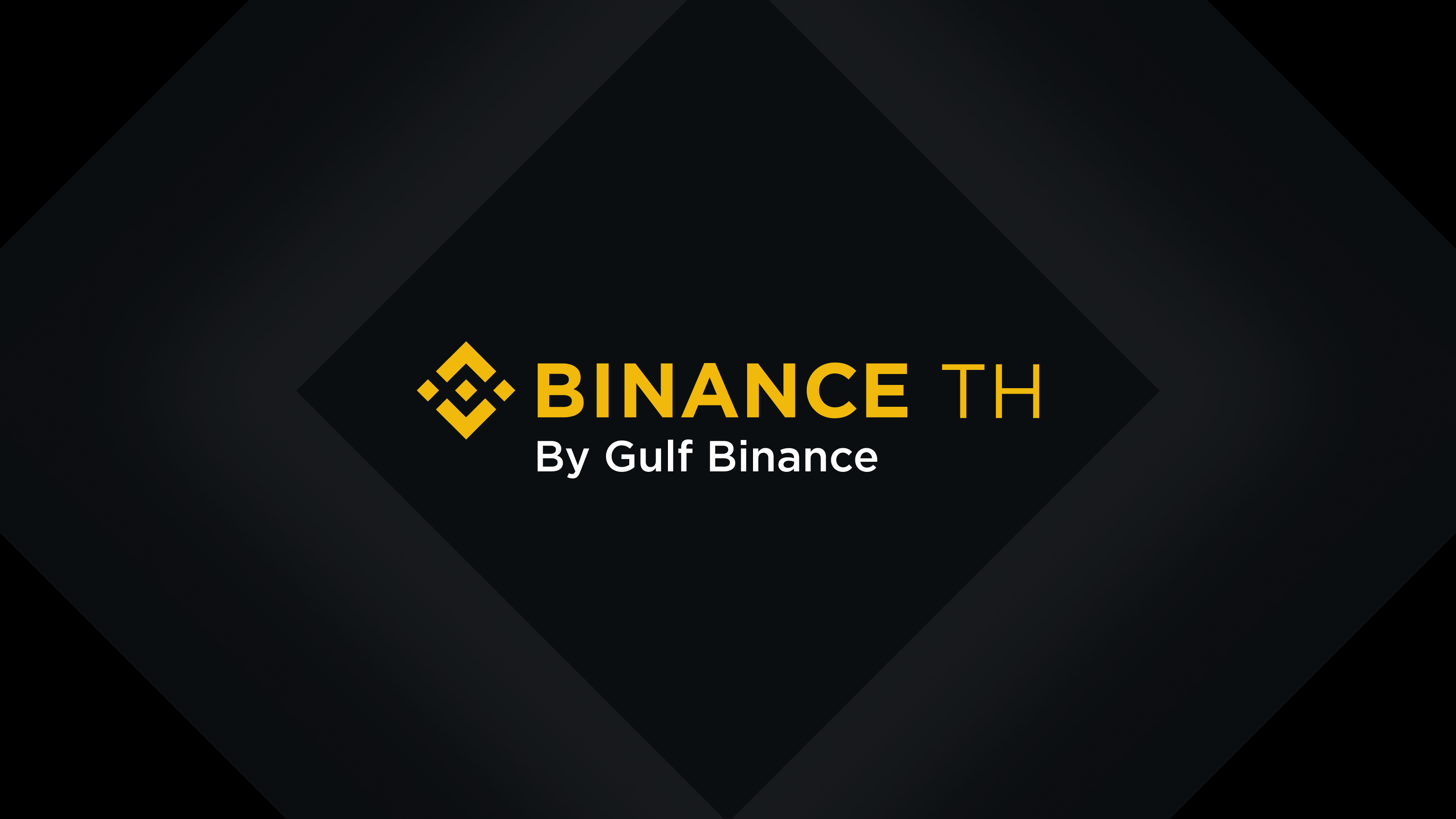What is Tether (USDT)?

Tether (USDT) is the most dominant and widely traded stablecoin in the global cryptocurrency market today. Founded in July 2014 by Brock Pierce, Reeve Collins, and Craig Sellars in California, it was released into circulation in October that same year.
The idea behind Tether was to provide a digital asset pegged directly to the US dollar and other fiat currencies thereafter, in order to provide traders and investors with an ecosystem to park or hold crypto assets away from the volatility of other cryptocurrencies.
USDT is available on most digital blockchain networks or via interoperable swaps or exchanges. It was first released on the Bitcoin network in 2014, followed by other digital ecosystems afterwards, and has consistently been one of the top three digital currencies in the world according to market capitalization. USDT price is updated and available in real time on Binance.
USDT Resources
People Also Ask: Other Questions About TetherUS USDT
Is USDT the same as USD?
USDT is not the same as USD. USDT is a cryptocurrency that tracks USD’s price and will often face different financial regulations to USD in many jurisdictions.
What is Tether Used For?
Tether (USDT) is pegged to fiat currencies and reportedly gives holders the security of their assets always being backed by and interchangeable with the physical currency to which it is pegged. USDT was first pegged to and backed by the US dollar, followed by the Euro, Japanese Yen, Chinese Yuan, and reportedly the Mexican Peso. According to Tether, USDT can be traded for the fiat currency to which it is pegged without adversely affecting the digital ecosystem or risk losing its exchange rate value.
How Do Network Consensus and Validation Work on USDT?
USDT tether is validated on different blockchains, each using a different consensus mechanism for transaction validation. Bitcoin uses Proof of Work (PoW), Ethereum uses Proof of Stake (PoS) since the merge, while Tron uses Delegated Proof of Stake (DPoS), with block producers voted in by token holders to validate transactions. These mechanisms ensure transaction security, prevent double-spending, and maintain the transparency and immutability of the blockchain, while the use of multiple blockchains provides flexibility and accessibility for users.
Who is the Founder of Tether (USDT)?
Tether was founded as a start-up in 2014 in Santa Monica, California by entrepreneurs Brock Pierce, Reeve Collins, and Craig Sellars.
What is the Maximum Token Supply of USDT?
Tether does not have a set maximum supply for USDT and issues new coins based on demand and reserves. At the time of writing, circulating supply of USDT is over 70 billion.
What Makes Tether Different From Other Stablecoins?
Tether was one of the first stablecoins in the market, having been launched in 2014. It is available on multiple blockchain platforms, including Ethereum, Tron, and Bitcoin Cash, making it flexible for users to store and transact. Tether's wide acceptance and high liquidity has made it among the go-to options for traders and investors who want to hold a stable digital asset to be easily traded for other cryptocurrencies or fiat currencies.
How Much Will USDT Be Worth in Future?
Tether (USDT) is designed to maintain a stable value relative to the US dollar. Tether claims that each USDT is backed by one US dollar held in reserve. When someone buys USDT, they send USD to Tether, and Tether issues the corresponding amount of USDT to the buyer. Tether can then invest the USD in various assets to generate returns, which can be used to cover operating costs and maintain the USDT's price stability.
